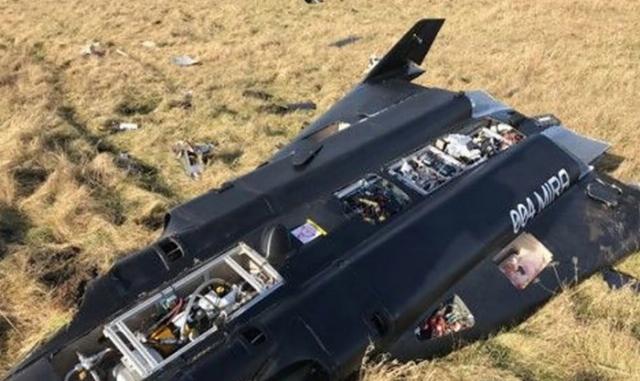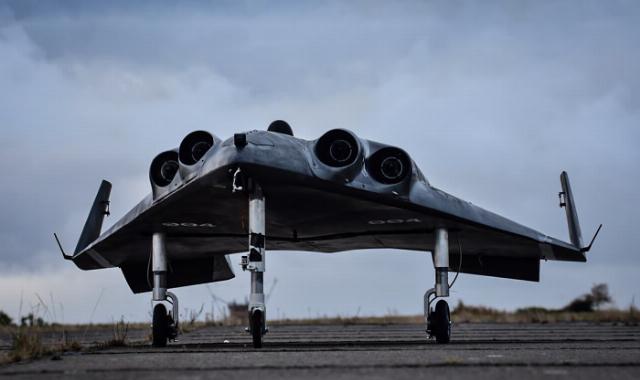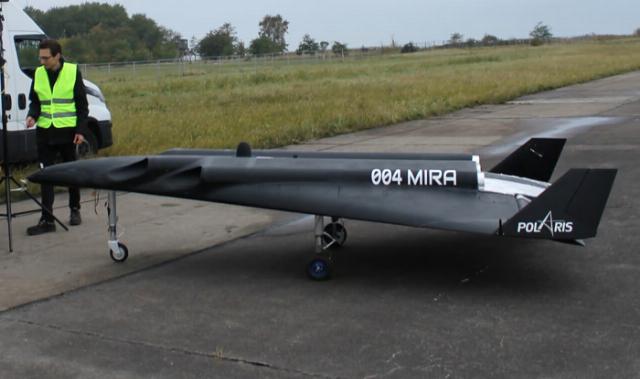
Polaris MIRA I
German startup Polaris Spaceplanes announced the transition to creating the next model of its MIRA II "space plane" after the MIRA I crashed at launch. The device crashed at a speed of 169 km / h, its airframe is irreversibly damaged. But the main thing is that the main wedge–air rocket engines were never turned on, so the tests failed.
The creators of MIRA I are so confident in their brainchild, which did not take off, that they immediately prepare an even larger device for the next tests. Their optimism surprises observers — until now, such systems have never been used outside laboratories. The wedge-air engine is a version of a jet engine that has been "turned inside out." Jets of incandescent gas in it flow around a special panel, remaining open from all other sides.

Polaris MIRA I
The point of a wedge-air missile system is to use the difference in air pressure at different altitudes to regulate the jet stream. In a conventional engine, its parameters are limited by the exhaust nozzle bell. In a wedge-air engine, the environment itself is part of the system and directly affects the shape and lifting force of the jet stream. But this is only in theory. It is assumed that the wedge-air engine will independently compensate for all negative effects during flight in a rarefied environment. And this will increase the efficiency of movement in the stratosphere, as well as near outer space. Polaris Spaceplanes immediately produced a glider in the form of a triangular reusable device, as its creators are confident of their success. And the accident of the first prototype did not affect their enthusiasm.

Polaris MIRA I
Alexander Martynenko
